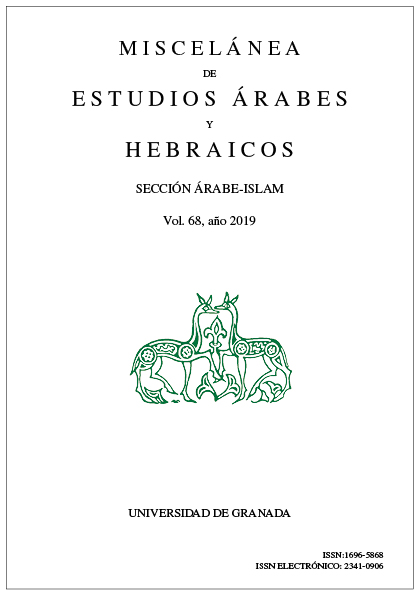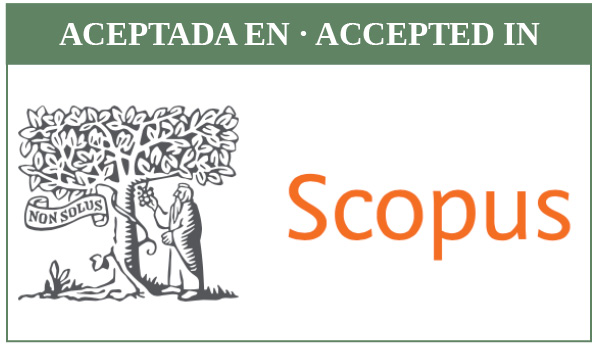Estudio del manuscrito Lawāmi‘ al-anwār al-qulūb de Šaydala (s. XII): el autor, la metodología y las estrategias de investigación
DOI:
https://doi.org/10.30827/meaharabe.v68i0.973Palabras clave:
Amor sufí, Literatura árabe, Estudio del manuscrito, PaleografíaResumen
Este estudio se centra en el análisis del manuscrito Lawāmi‘ al-anwār al-qulūb fī ŷawāmi‘ asrār al-muḥibb wa-l-maḥbūb (El brillo de las luces de los corazones en en el conjunto de los secretos del amante y el amado), del jurista šafi‘ī Abū l-Ma‘ālī ‘Azīzī b. ‘Abd al-Malik b. Manṣūr al-Ŷīlī, conocido como Šaydala (s. XII). Se trata de una obra inédita, de diez capítulos, que debe ser clasificada entre los libros de sufismo de la literatu- ra árabe medieval. Tras estudiar la estructura interna del manuscrito, al autor y su contexto, este trabajo se centra principalmente en el lenguaje, la terminología, los temas y los ele- mentos característicos de este tipo de género literario destinado a describir el amor divino. Entre otras cuestiones, se llega a la conclusión de que este manuscrito constituye un esla- bón más de la serie de libros de literatura sufí que apuntan al refinamiento, disfrute, sociabilidad, iluminación y convergencia entre el hombre y su creador.
Descargas
Descargas
Publicado
Cómo citar
Número
Sección
Licencia
Los autores que publican en esta revista están de acuerdo con los siguientes términos:
1. Los autores conservan los derechos de autor y garantizan a la revista el derecho de ser la primera publicación del trabajo al igual que licenciado bajo una Creative Commons Attribution License que permite a otros compartir el trabajo con un reconocimiento de la autoría del trabajo y la publicación inicial en esta revista.
2. Los autores pueden establecer por separado acuerdos adicionales para la distribución no exclusiva de la versión de la obra publicada en la revista (por ejemplo, situarlo en un repositorio institucional o publicarlo en un libro), con un reconocimiento de su publicación inicial en esta revista.
3. Se permite y se anima a los autores a difundir electrónicamente (por ejemplo, en repositorios institucionales o en su propio sitio web) la versión publicada de sus trabajos (versión post-print del editor) o, en su defecto, el de la versión post-print del autor ya evaluada y aceptada. Esto puede dar lugar a intercambios productivos, así como a una citación más temprana y mayor de los trabajos publicados (Véase The Effect of Open Access).
4. La revista no se hace responsable de las opiniones vertidas por los autores.















